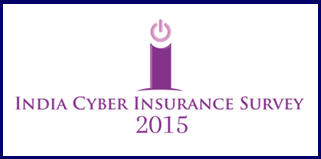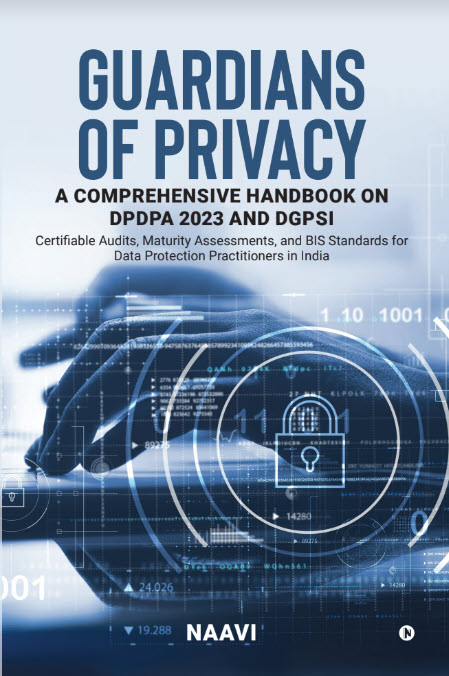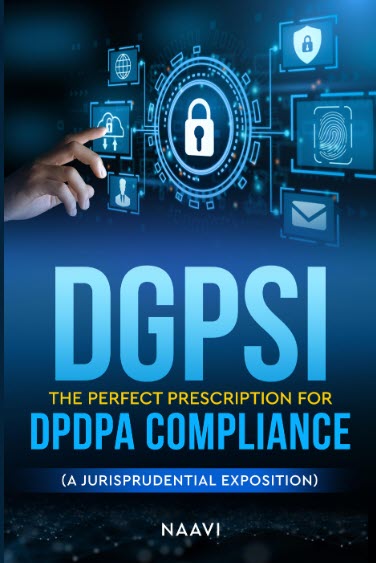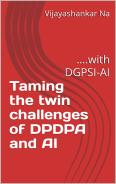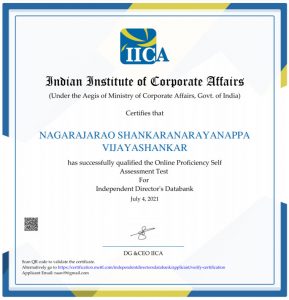The Digital India vision of Mr Modi has been making rounds in the tech circles in San Jose. During his interactions with the techies, it was notable to observe that Modi did mention about Privacy Protection, Cyber Security and Intellectual Property Protection which are key concerns in the Digital Industry and can be considered as “Essential Aspects of Ease of Doing Business in India” for the tech companies.
We are aware that we need to cover a lot of ground in these aspects and periodically, people like us will criticize bad initiatives such as the Draft encryption policy of the DeitY or the Section 66A scrapping by the Supreme Court or the Karnataka Adjudication system and Cyber Appellate Tribunal not being available, Karnataka Government passing an illegal bill in the Legislative houses etc. In the future also we will continue to criticize whenever things donot happen the way they should.
But it is clear that Mr Modi and his vision is at a different plane to all others in the Indian Government. As a result either the rest of the people in his Government are unable to keep pace with him or more probably the bureaucracy which has developed its own vested interests in the Congress regime is looking at opportunities to discredit the current Government and Modi’s initiatives and need to mend its ways.
However, we are atleast reassured that Mr Modi is traversing in the right direction, and even if his journey is delayed, he will ultimately reach his destination and make the Digital India dream a reality. It was heartening to observe that the tech giants were able to share the optimism of Mr Modi and were eager to increase their commitments to India.
Sitting in Bengaluru, governed by Congress which has been pursuing the sole policy of doing everything to prevent Modi from succeeding in taking the country ahead, it appears that the State has lost a great opportunity to progress by electing the Congress Government in the last state elections. Mr Siddaramaiah himself came to power with a good promise but he has become a victim of the Congress culture and unable to do things which he himself could have done to enable Karnataka move ahead. It appears that he has now resigned to counting time to retire. If he had been able to be on Modi’s Digital India initiative, representatives from Karnataka should have been in San Jose now trying to arrange a marriage between the US-Silicon city with the Indian Silicon City. Unfortunately we continue to languish in the garbage of bad roads, caste politics, etc.
What will be amusing in the next few days is how Congress politicians try to find fault with Modi’s actions in USA and further expose their frustration as well as anti development initiatives.
One of the key aspects which was impressive in Mr Modi’s dicussions in San Jose is the concept of “Personal Sector” which Mr Modi appears to have brought up during the discussion with Mr Tim Cook of Apple when he tried to impress upon him that apart from developing a manufacturing base for iPhones, he should consider an “App-development Eco System” in India supporting individual entrepreneurial initiatives. The view that came out was that just like the Public Sector and Private Sector there can be a “Personal Sector” of the economy that can contribute to the growth of the country with self employed technical professionals working on their own without looking for employment either in the Public or Private Sector and eventually creating employment opportunities for others.
A few decades back, when the undersigned resigned first from public sector and then from private sector and entered what we now recognize as the “Personal Sector”, we were very apologetic about the decision. Despite our personal confidence, we had to contend with the society which looked upon such persons as impractical. But now the “Start up Culture” has gained respectability and IIT and IIM graduates donot mind giving up lucrative job offers and moving into the “Personal Sector”.
Modi’s visit to San Jose has raised the awareness and respect for such moves so that in the coming days parents donot discourage their wards if they are really interested in giving up jobs and starting their own ventures.
Now it is for Mr Arun Jaitely and Mr Ravi Shankar Prasad to think of other supporting policy initiatives that make this “Personal Sector” develop in their respective departments of Finance and IT.
Apart from the two ministries of Finance and IT which need to provide direct policy push to Mr Modi’s “Personal Sector” initiative, it is necessary for Ms Smriti Irani also to start thinking of policies that will not only provide the right educational input at the time our students graduate, but also run “Start Up Entrepreneurial Programs” for developing the necessary skill sets. Many times, failures of start ups result from the fact that an idea may be technically brilliant but is not financially feasible for various reasons.
I have been advising many Start ups to start as a team of professionals of which there should be Financial, Marketing and Managerial experts also besides the Technology experts. Additionally, I have been advising such Start ups to conduct a “Techno Legal Feasibility” of their projects so that they donot get into legal hurdles for their projects.
I hope “Digital India” initiative will incorporate a sub project for developing “Start Up Skills” and I would like professional organizations in India undertake a series of workshops and conferences on the theme of “What it takes to be a Successful Start up”?.. Will Computer Society of India or NASSCOM or Management Associations take the responsibility?
I invite one of these institutions to build a “Development Center For StartUps” and undertake all activities that are integral to the skill development for this sector. The Central Government through the education ministry can provide the necessary support in terms of funds and conduct workshops around the country to develop the “Personal Sector”.
Naavi

